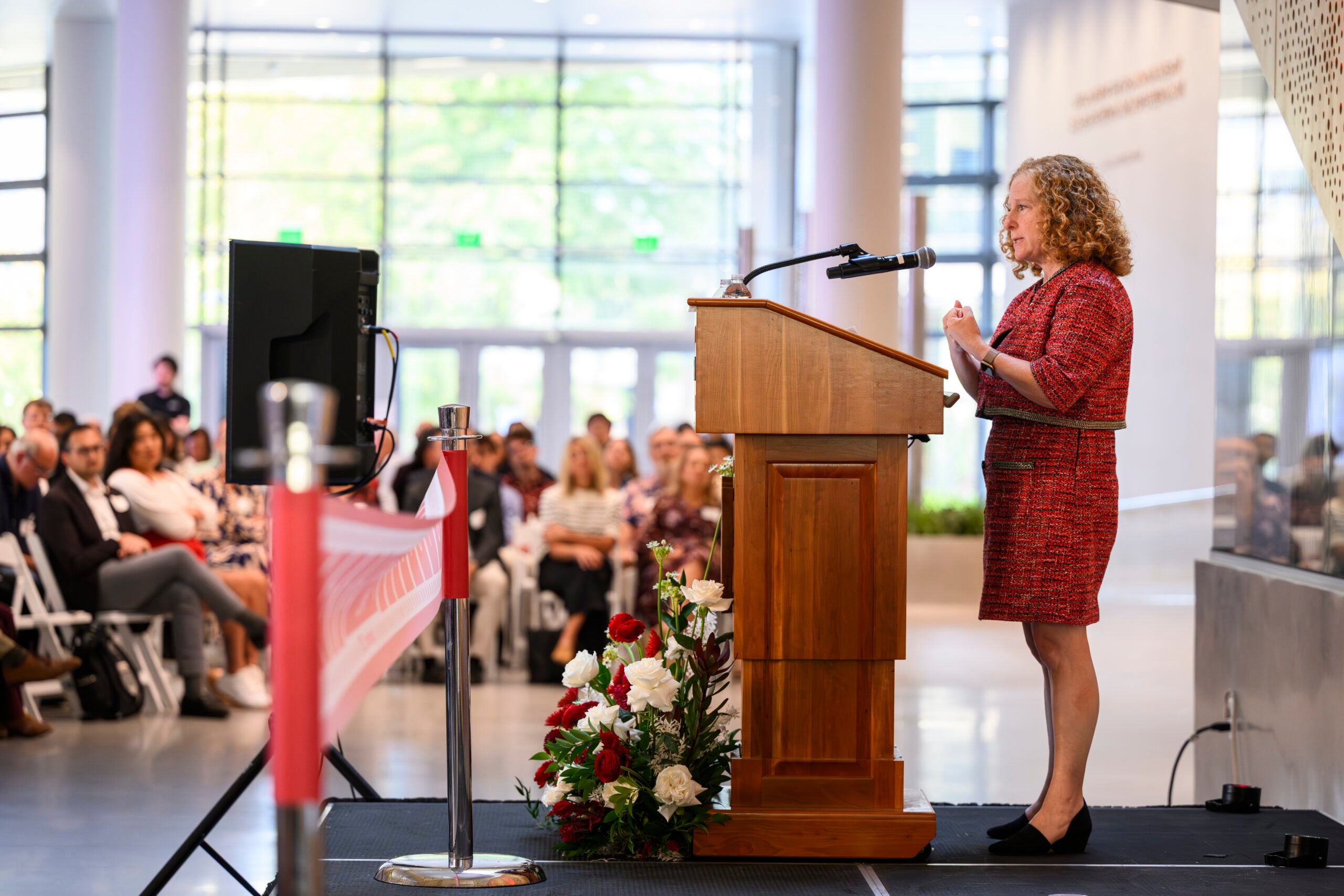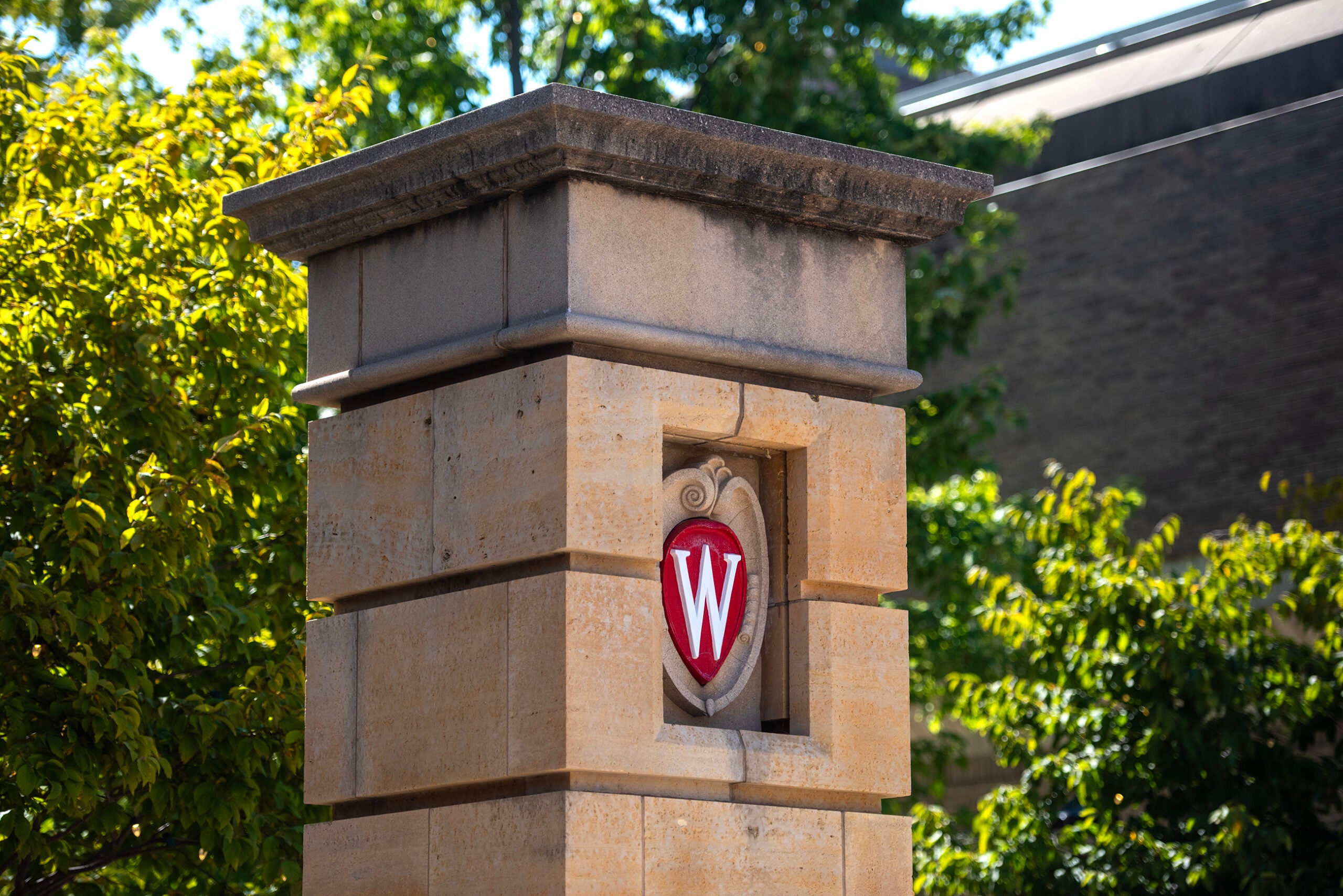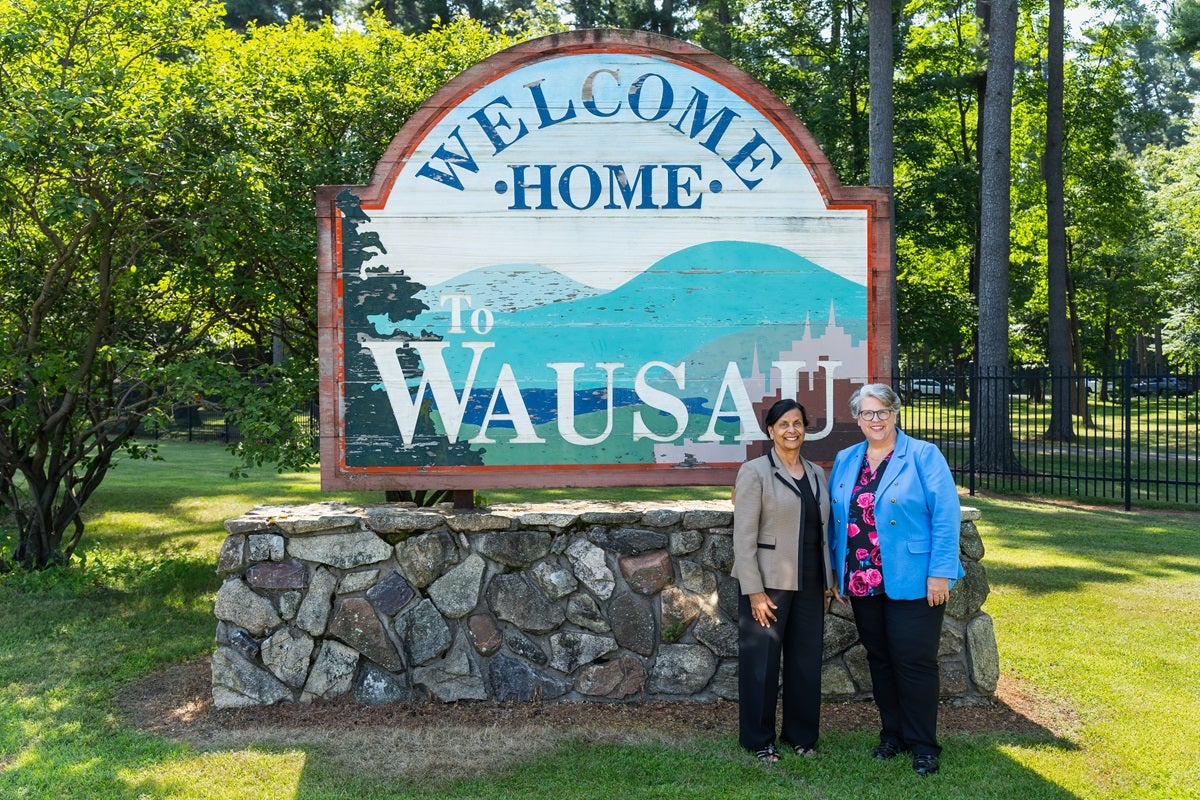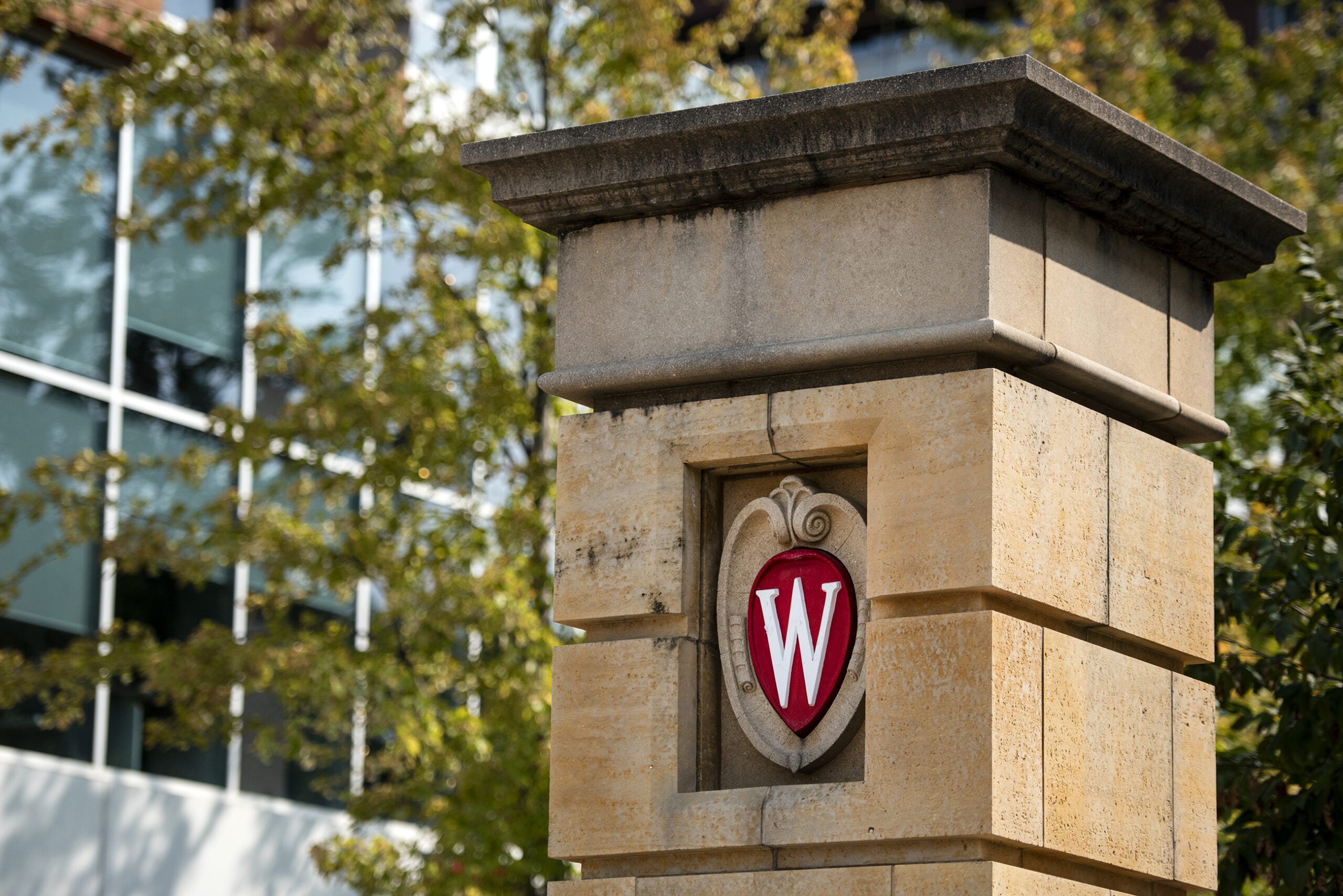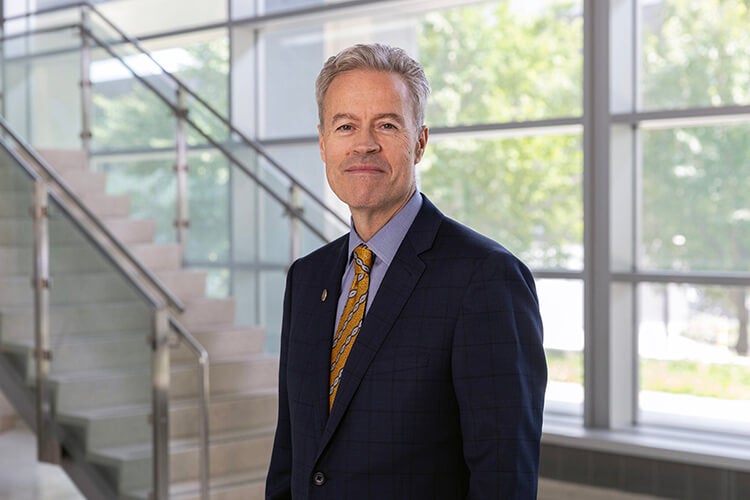The average tenure of university presidents is on the decline.
Nine of the 13 Universities of Wisconsin chancellors assumed their post over the past four years. That tracks with data from The American Council on Education, showing the average tenure of college presidents is roughly six years, down from 8.5 years in 2022.
A new book by a former UW-Superior chancellor digs into why college leaders are vacating these powerful positions. The book profiles seven presidents who stayed at their institutions and brought them through difficult times.
News with a little more humanity
WPR’s “Wisconsin Today” newsletter keeps you connected to the state you love without feeling overwhelmed. No paywall. No agenda. No corporate filter.
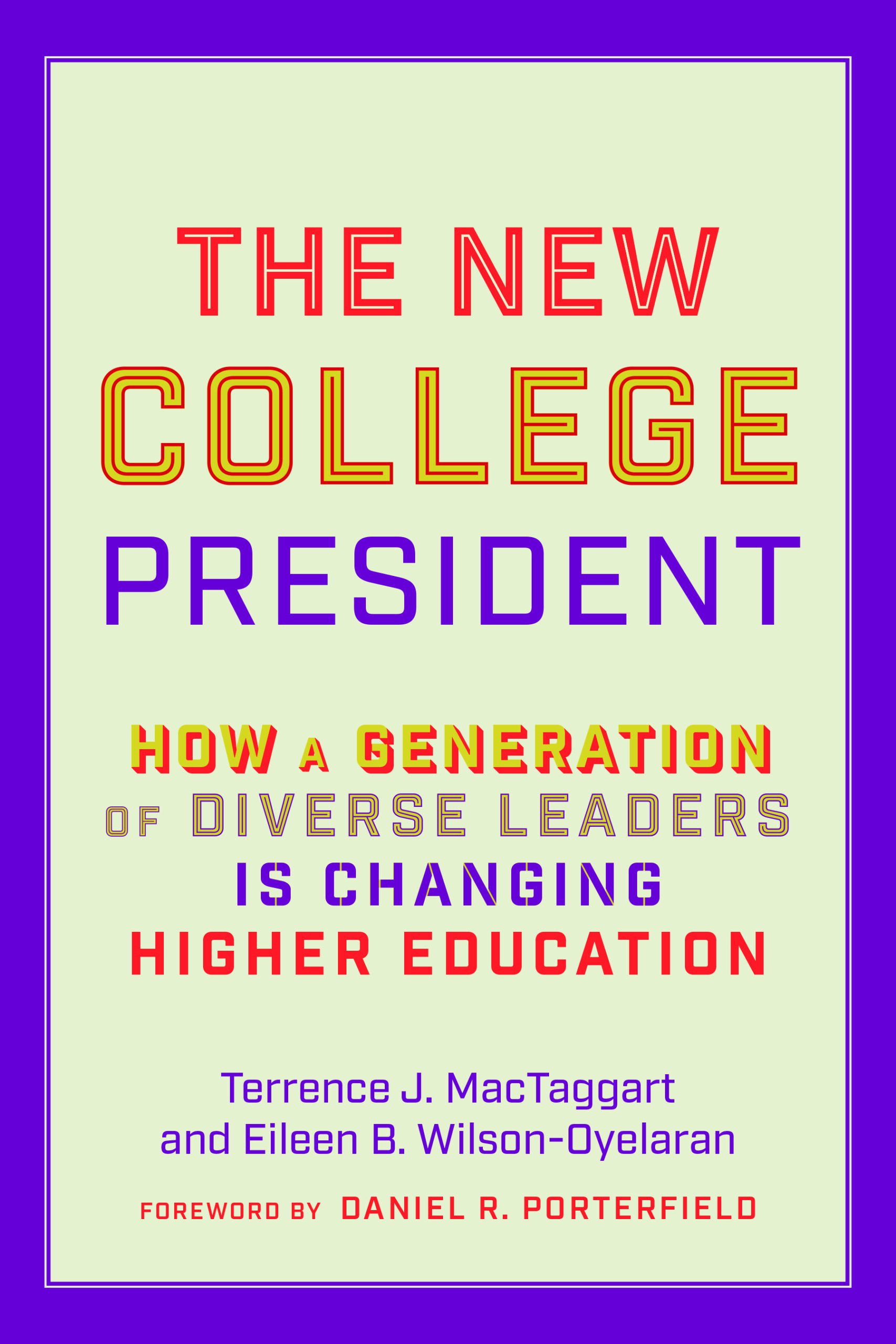
Terry MacTaggart is co-author of “The New College President: How a Generation of Diverse Leaders Is Changing Higher Education.” He served as chancellor of UW-Superior from 1987 to 1991.
He spoke to WPR’s “Wisconsin Today” about his new book, the changing dynamics of higher education, and how the leaders of universities have become lightning rods for cultural controversies.
The following interview was edited for brevity and clarity.
Kate Archer Kent: You say that the “Great Recession” has hit higher education as presidents of universities quit across the country. Why are college presidents leaving their positions?
Terry MacTaggart: It’s got a mysterious dimension to it, but it’s also got a pretty clear one. The job has gotten a lot harder and less rewarding than it was. It used to be the president was respected. They were kind of like an uncle in some ways to the students and presided over basically happy communities.
A lot of that has changed. Just looking at what happened to the three presidents when they appeared before Congress a little while ago, it’s become a tough job.
The average presidency now is around six years when it used to be pushing 10.

KAK: You and your co author, Eileen Wilson-Oyelaran, did over 500 interviews with people for the book. During that decade of interviews, was there an “aha” moment that set you on this journey of writing about seven presidents?
TM: The standard president when we started was typically a white, middle-aged male. The presidents we interviewed included immigrants, their children, people with accents, people of color and just a real variety of people. But the “aha” moment was not their ethnic or national origin or even their sexual preference, it was that these people are terrific leaders.
So that led Eileen and myself to say, what makes them different? How come these folks are so effective and these folks tend to stay the course? They’re not the ones that leave early when the heat goes up.
It turns out, as part of those 500 or so interviews, we discovered that their early upbringing invariably was challenging. It was tough, whether they were a minority or whether they had known adversity early in life. They overcame it and are much better when the going gets tough in their profession.
KAK: You say in the book there is an opportunity amidst the turmoil. What do you see happening that is positive here?
TM: It’s a paradox, to be sure. The “Great Resignation” has affected higher education as many presidents leave their posts after a relatively short tour of duty. That opens the door to hiring people who you may not have seriously considered in the past.
For example, one of the people that we interviewed happened to be a woman of color. She is super well qualified with high marks from the best universities in the country. She interviews, gives it her best shot and then somebody on the search committee comes up to her and said, “You’re only here for show. Don’t forget that.”
The people that we need to be searching out, recruiting and supporting are those who come up from an adverse background and who were often overlooked, set aside and not taken seriously in the past.
That’s the opportunity, that’s the reservoir of talent we should be pulling up from.
KAK: Terry let’s look more closely at some of these leaders that you profile. Rev. Jeffrey Bullock is president emeritus of University of Dubuque and served as president for 25 years. Dubuque is not far from Wisconsin. Why did you highlight Reverend Bullock?
TM: Let me just tick off some of the things that he did. Jeffrey came into the University of Dubuque and the place was virtually bankrupt. They were thinking of selling off some of their property, hoping someone would open a Walmart. Enrollments were down. Jeffrey came in and before long they had a $250 million endowment. They had three times the enrollment than when he showed up. He really breathed new life into the school.
Well, where did that strength of character come from? It came in part because when he was 12 or 13, he was turned out of his home and had to make it on his own with his brother. So Jeffrey Bullock knew tough times from early on.
KAK: He also laid off 14 tenured faculty. He reduced majors from about 40 to 15. Here at the Universities of Wisconsin, regents voted to lay off 32 tenured UW Milwaukee faculty. How should leaders balance the needs of the tenure system and the overall needs of the university and its budget?
TM: You put your finger on why this job has become so tough. Nobody likes firing people. But the balancing part is what is best for the university? What will keep it a vital, balanced, wonderful place to learn?
Having to let people go in order to have enough resources is not an easy choice or a friendly one. But it takes someone with courage and who can take the criticism.
Terry MacTaggart, co-author of “The New College President: How a Generation of Diverse Leaders Is Changing Higher Education,” also spoke about two other Midwestern college leaders: Robert Jones at the University of Illinois, Urbana Champaign and Mary Dana Hinton the former president of the College of St. Benedict in Minnesota. Listen to the full conversation to hear their stories.



